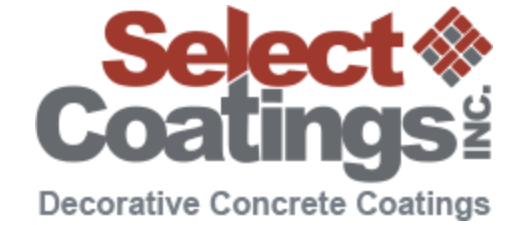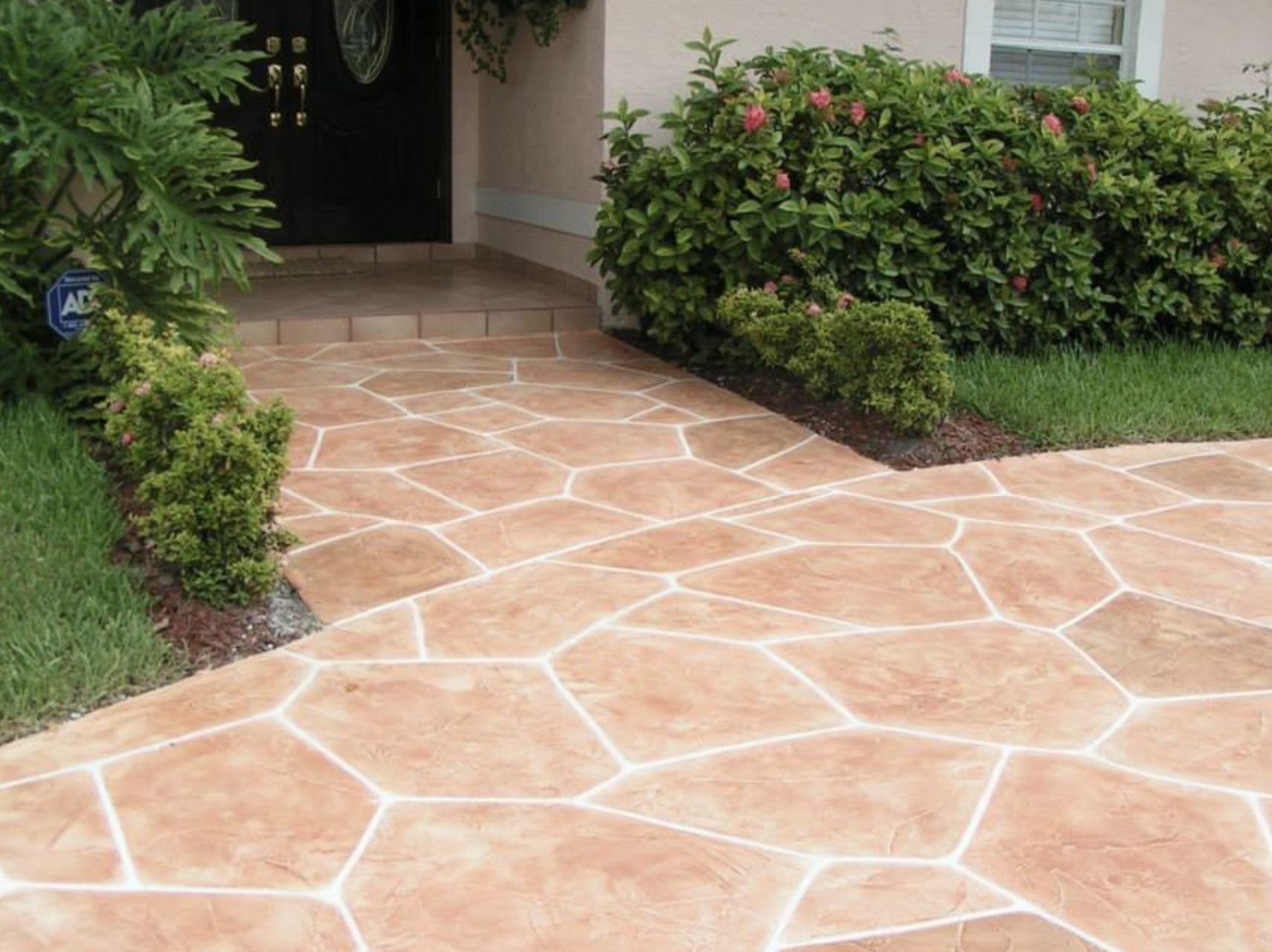Frequently Asked Questions
What surfaces are suitable for concrete resurfacing?
For a successful resurfacing job, the existing concrete must be structurally sound. If the surface is shifting, has deep cracks, or has suffered extensive damage from freeze-thaw cycles, resurfacing may not be a viable solution. Resurfacing won’t fix underlying soil issues. Minor imperfections, such as shrinkage or crazing cracks, can often be addressed using a polymer-based primer and base coat. For non-structural cracks, an effective approach is to widen the crack with a crack chaser, saw, or angle grinder, then fill it with a specialized sealant.
What is the key to a successful concrete resurfacing project?
Surface preparation is the most critical step in ensuring a lasting resurfacing job. Here’s an outline of the essential steps:
- Thoroughly clean the concrete to remove dirt, oil, and debris (method varies based on the condition of the surface).
- Repair any cracks before proceeding.
- Properly profile the concrete to create sufficient texture for optimal adhesion of the new surface material.
- Once the surface is prepped, the resurfacing process can begin.
Is decorative concrete easy to maintain?
No flooring material is completely maintenance-free, and decorative concrete is no exception. However, it is relatively low-maintenance compared to other flooring types. The level of care needed depends on the amount of foot traffic the floor receives.
- Residential concrete floors, which typically see light traffic, can stay in great condition with regular sweeping and occasional damp mopping.
- Applying a quality sealer and floor finish helps protect the surface from stains, wear, and chemicals.
- If the finish starts to dull over time, a simple cleaning followed by reapplying a fresh coat of floor finish will usually restore its original appearance.
- High-traffic areas, such as entryways, benefit from floor mats to minimize wear and reduce cleaning efforts.
Are concrete floors slippery?
Like other smooth surfaces—tile, vinyl, or polished marble—concrete can be slick when wet. A high-gloss sealer may slightly reduce traction, but this can be countered by adding a non-slip additive to the sealer during application.
When kept clean and dry, polished concrete is generally no more slippery than standard concrete surfaces and can actually be safer than waxed linoleum or polished stone.
How long does a concrete floor last?
Concrete flooring is one of the most durable options available, outlasting most traditional floor coverings. This longevity translates to long-term savings, as you won’t have to replace the flooring due to wear and tear.
Although some flooring materials may have a lower upfront cost, concrete floors often provide the best return on investment over time. When properly installed and maintained, concrete floors rarely require replacement, making them a cost-effective choice in the long run.
Is decorative concrete expensive?
The initial cost of decorative concrete is typically higher than basic flooring options like carpet, vinyl, or laminate. However, when compared to premium materials such as marble, slate, or high-end tile, decorative concrete is often a more budget-friendly alternative.
Additionally, skilled artisans can replicate the appearance of more expensive materials, providing a high-end look at a lower price point.
Will overlays and colored concrete fade over time?
Regular cleaning and sealing are essential to maintaining the vibrancy of overlays and colored concrete. Exposure to foot traffic, vehicles, water, and chemicals will naturally affect the surface over time. To keep the color looking fresh, resealing every 2 to 3 years is recommended. If left unsealed for an extended period, slight fading may occur, but resealing will typically restore the surface to its original richness—similar to waxing a car.
Tips for Hiring a Concrete Contractor
- Ask for references from previous clients.
- Verify licensing and credentials.
- Check reviews and ratings with the Better Business Bureau.
Why Quality Matters When Hiring a Contractor
Choosing the right contractor is crucial to getting high-quality results. Avoid being swayed solely by the lowest bid.
- Obtain multiple quotes to compare services and pricing.
- Be cautious of significantly lower bids, as high-quality craftsmanship requires expertise, labor, and time—factors that may not be reflected in the cheapest estimate.
- In construction, as in most things, you get what you pay for. Investing in a skilled professional will pay off in durability and aesthetic appeal.

